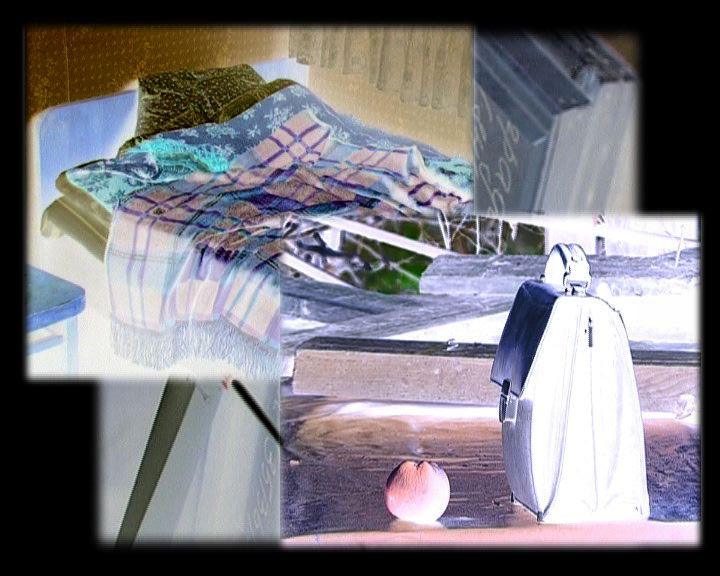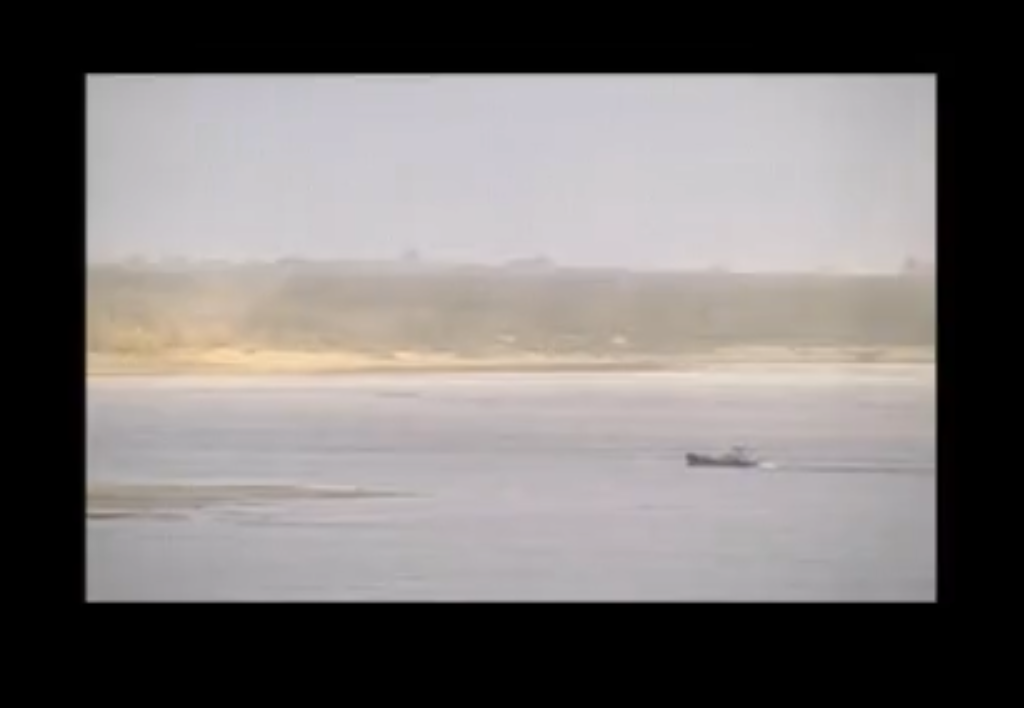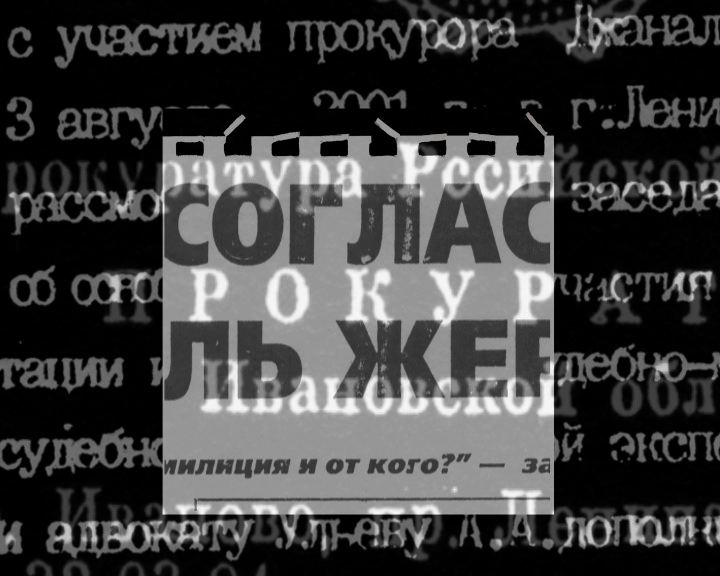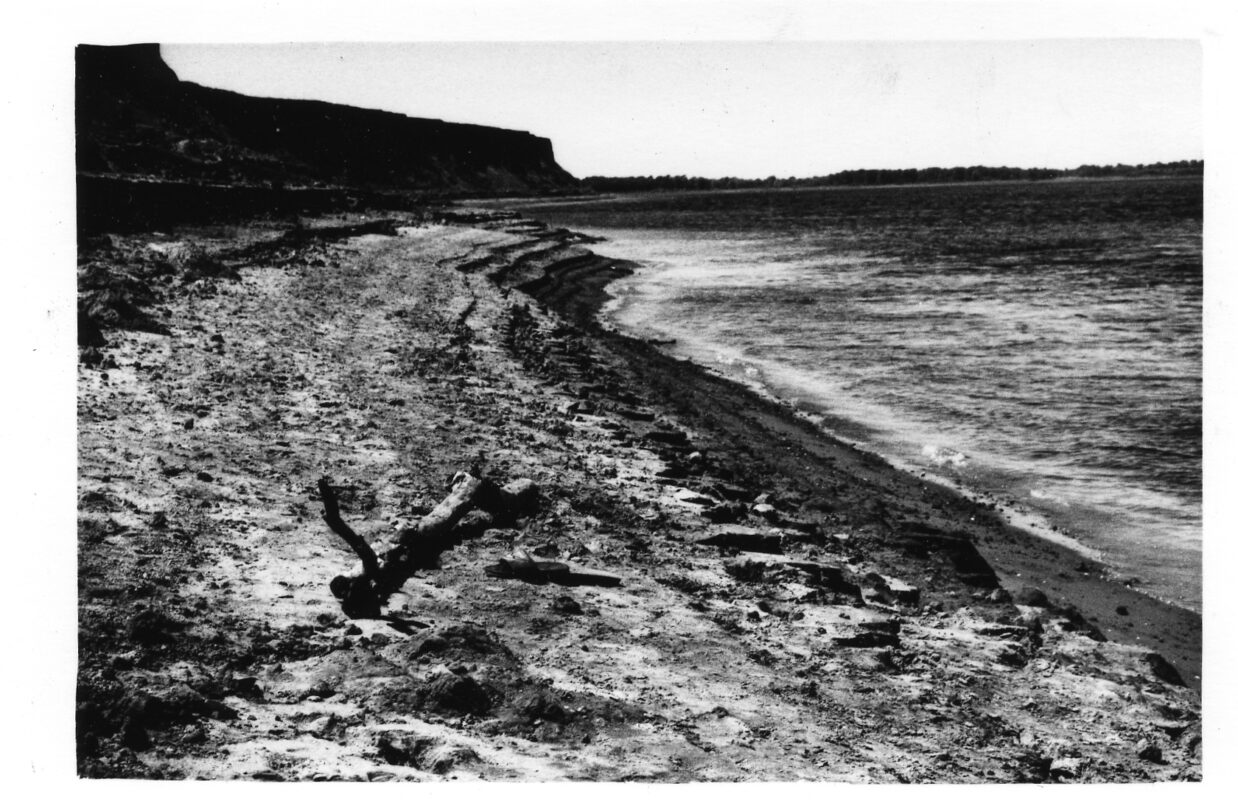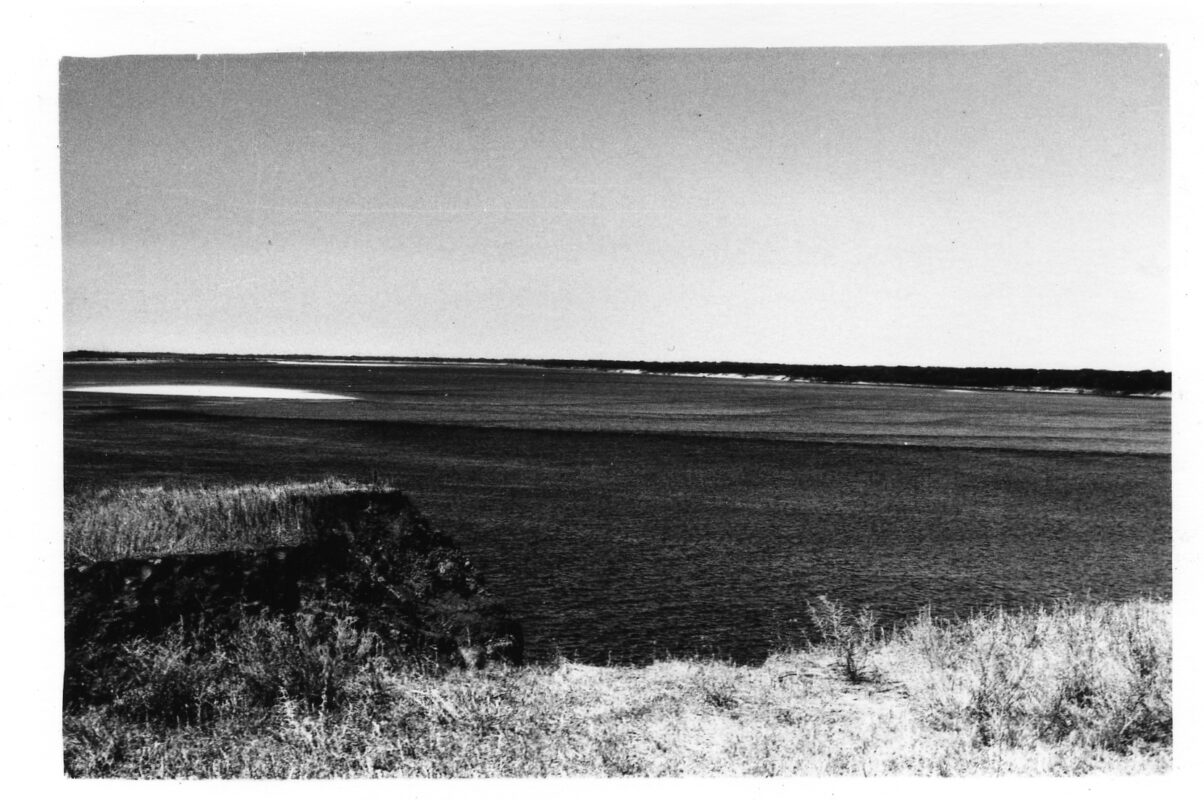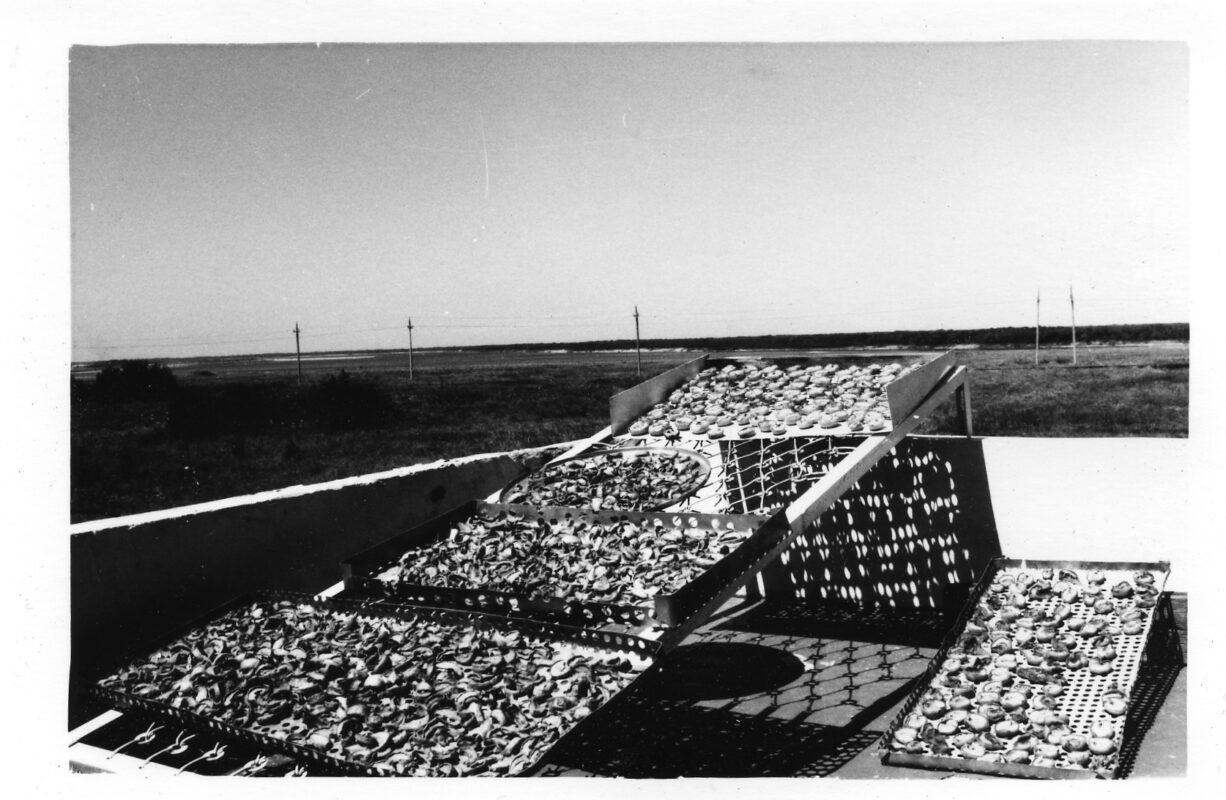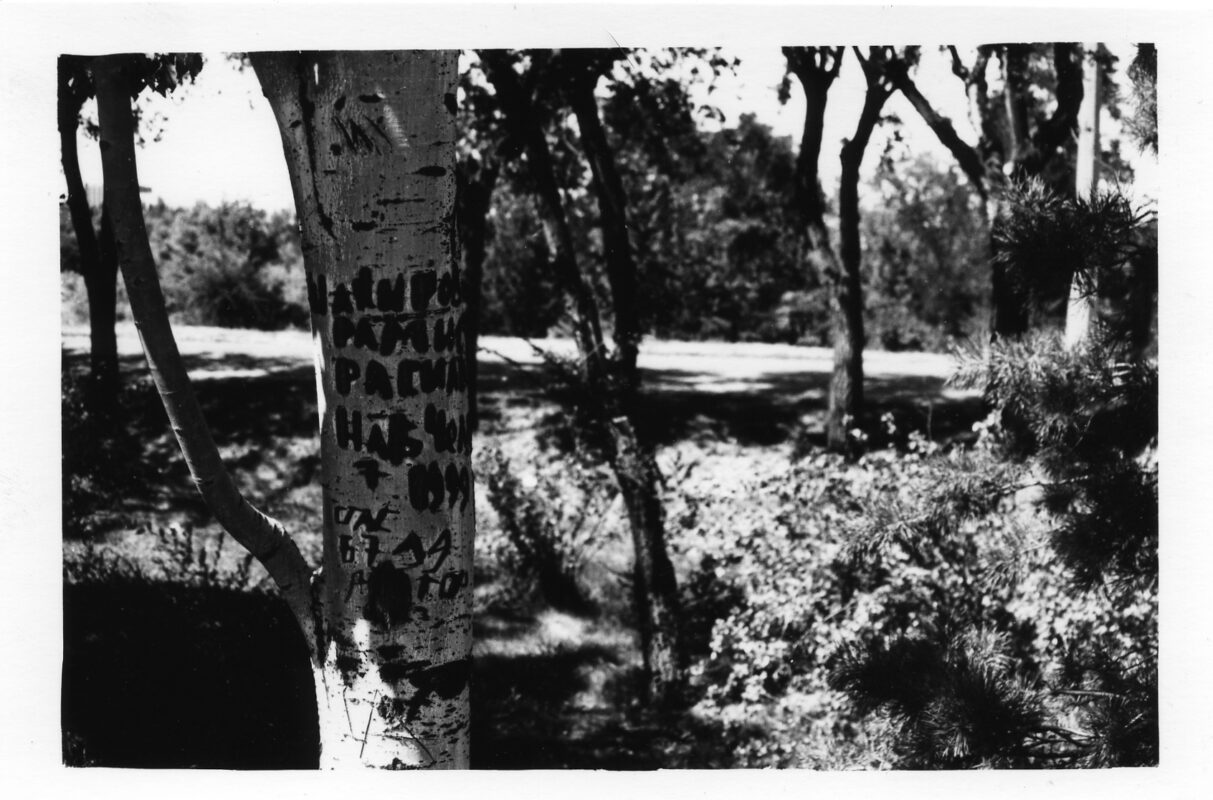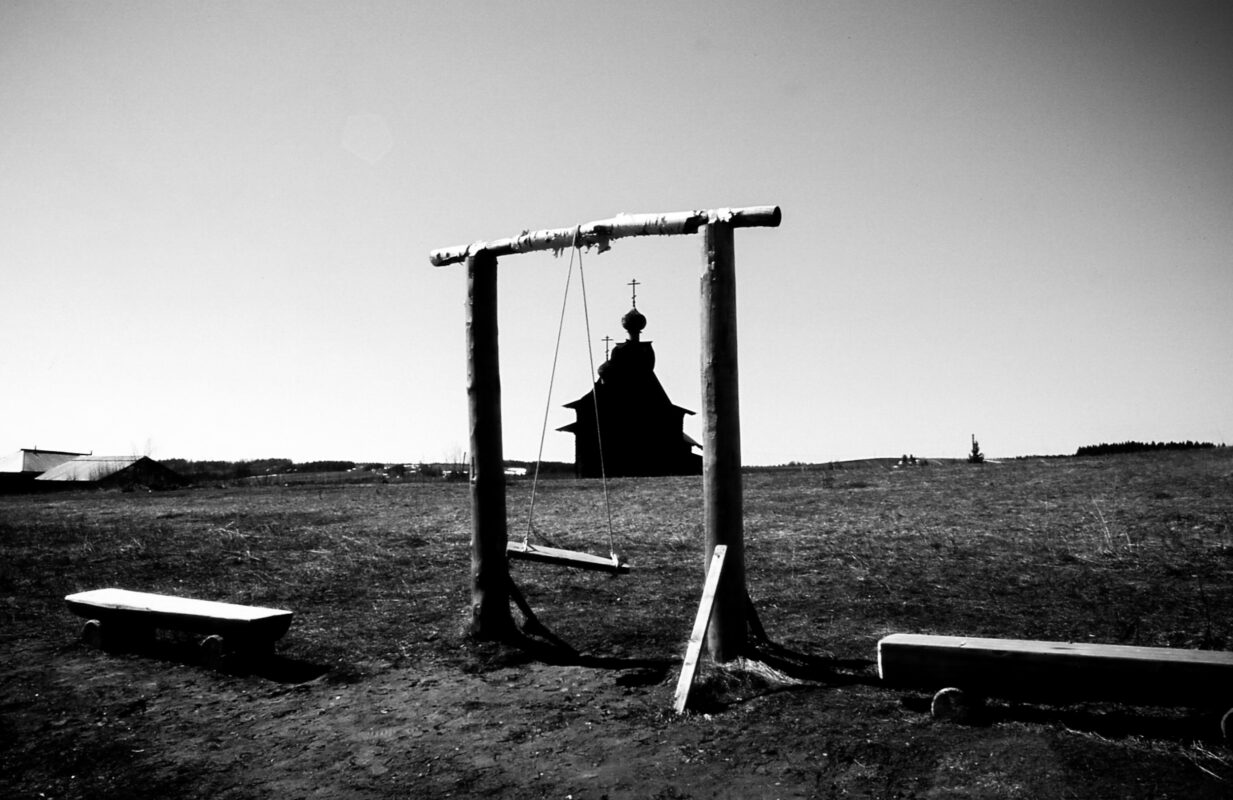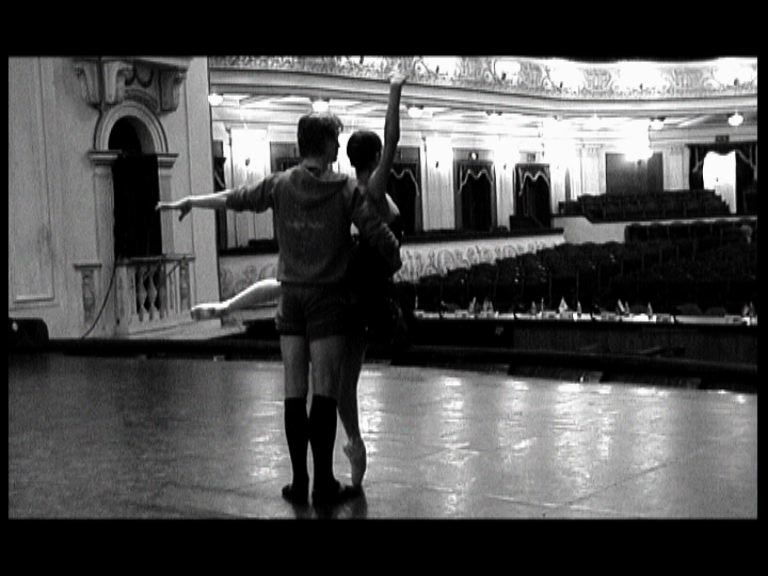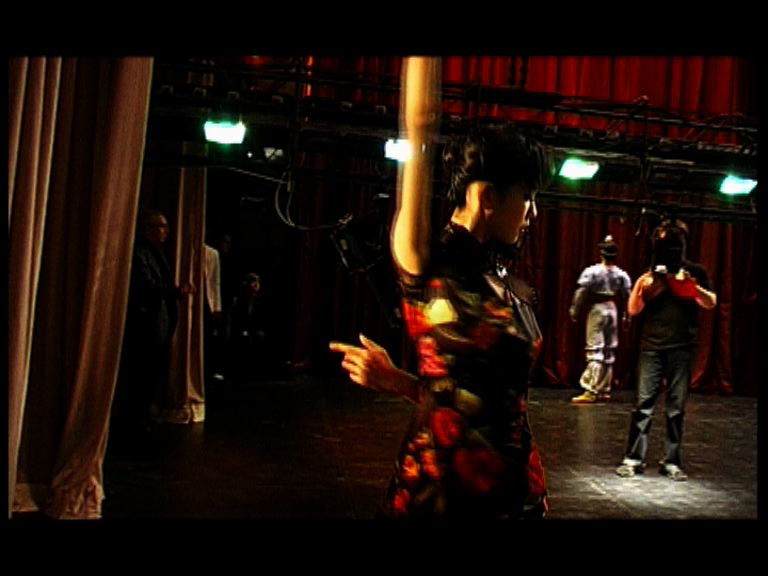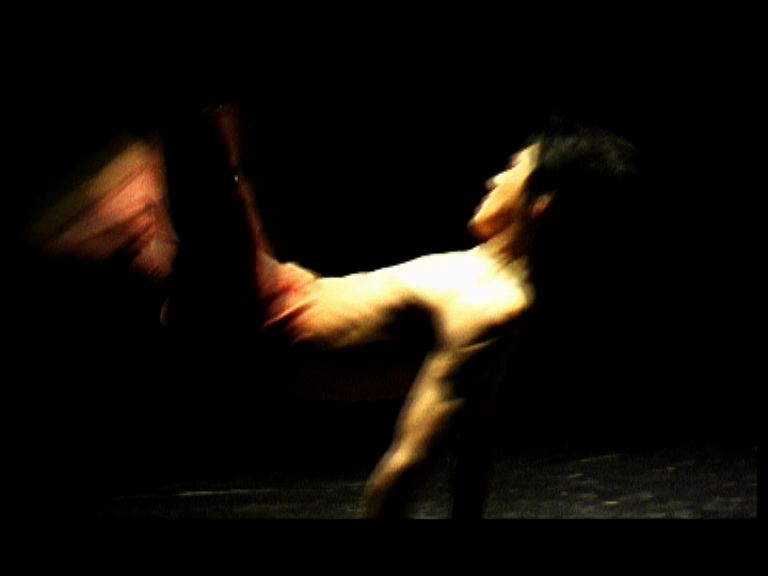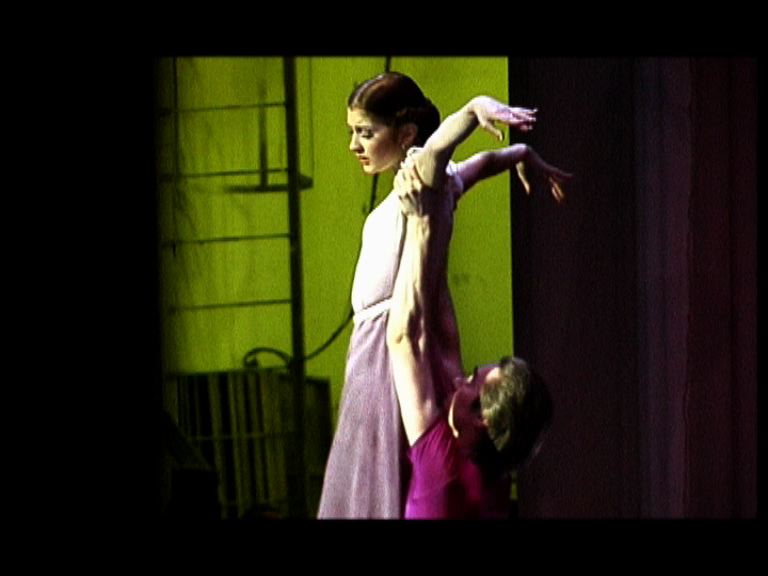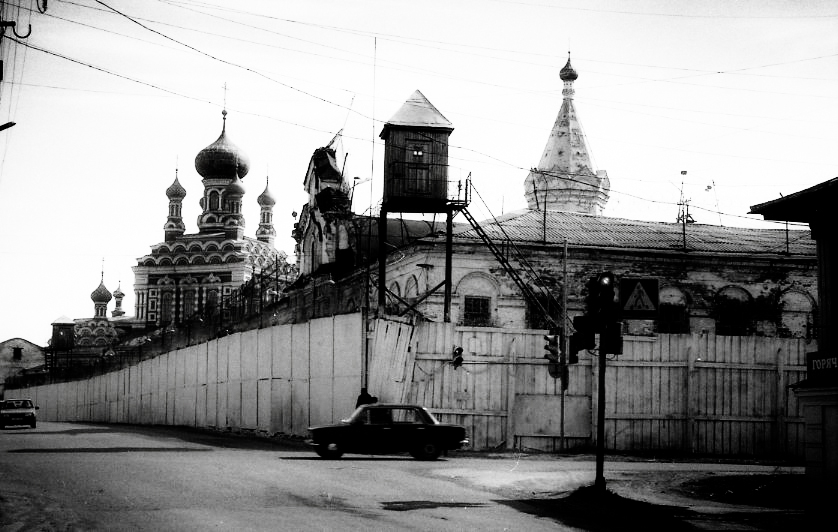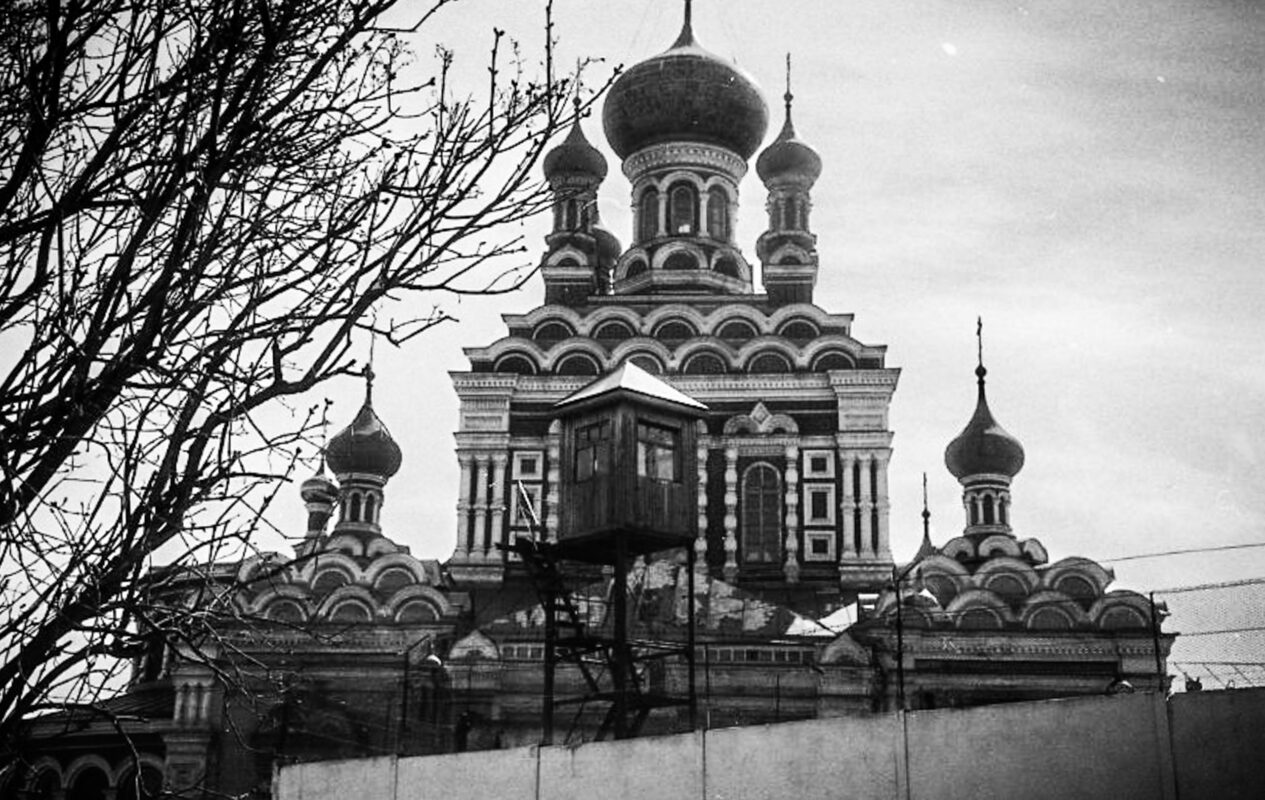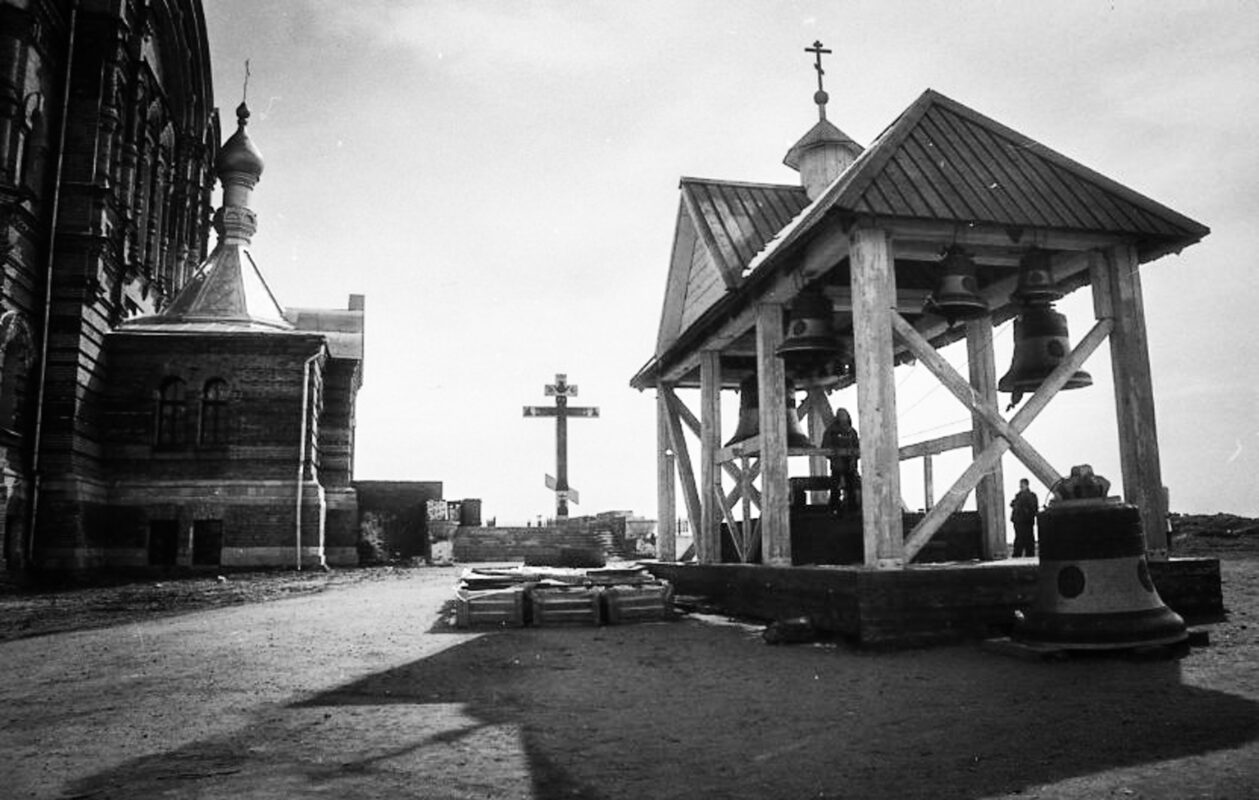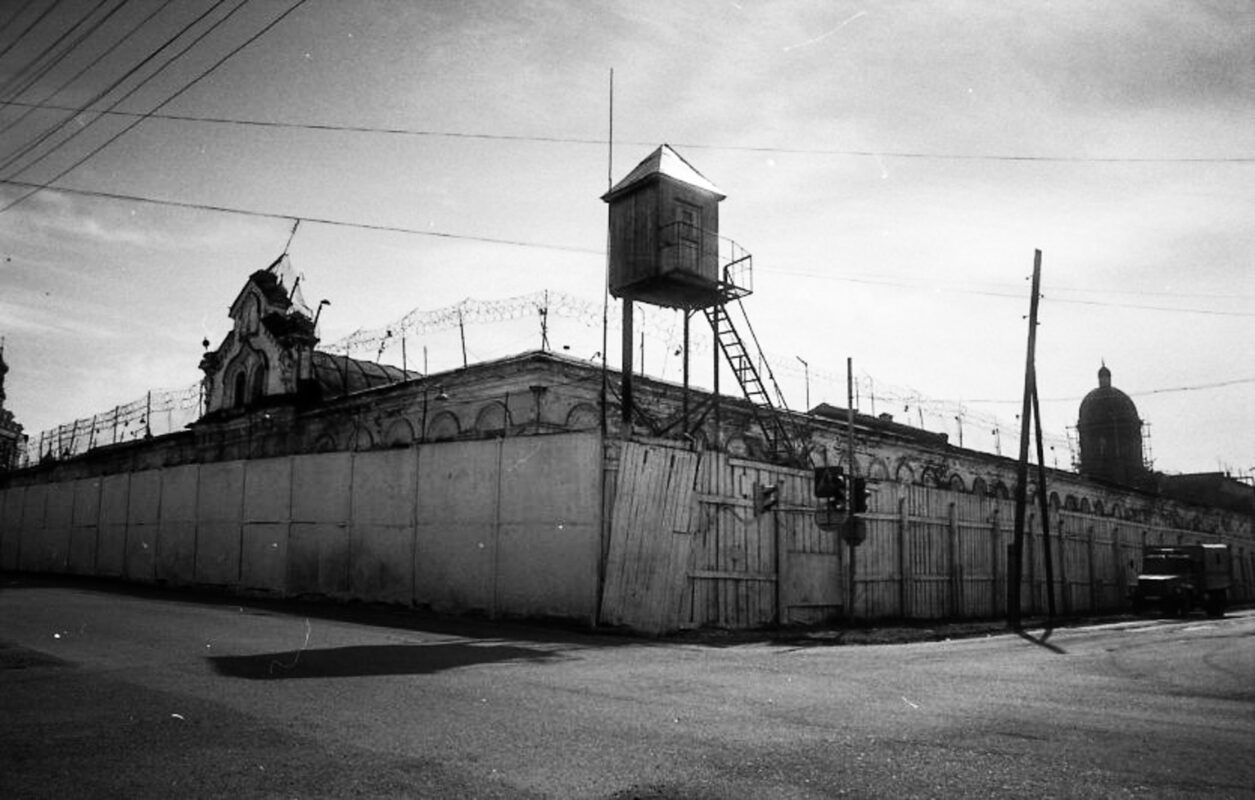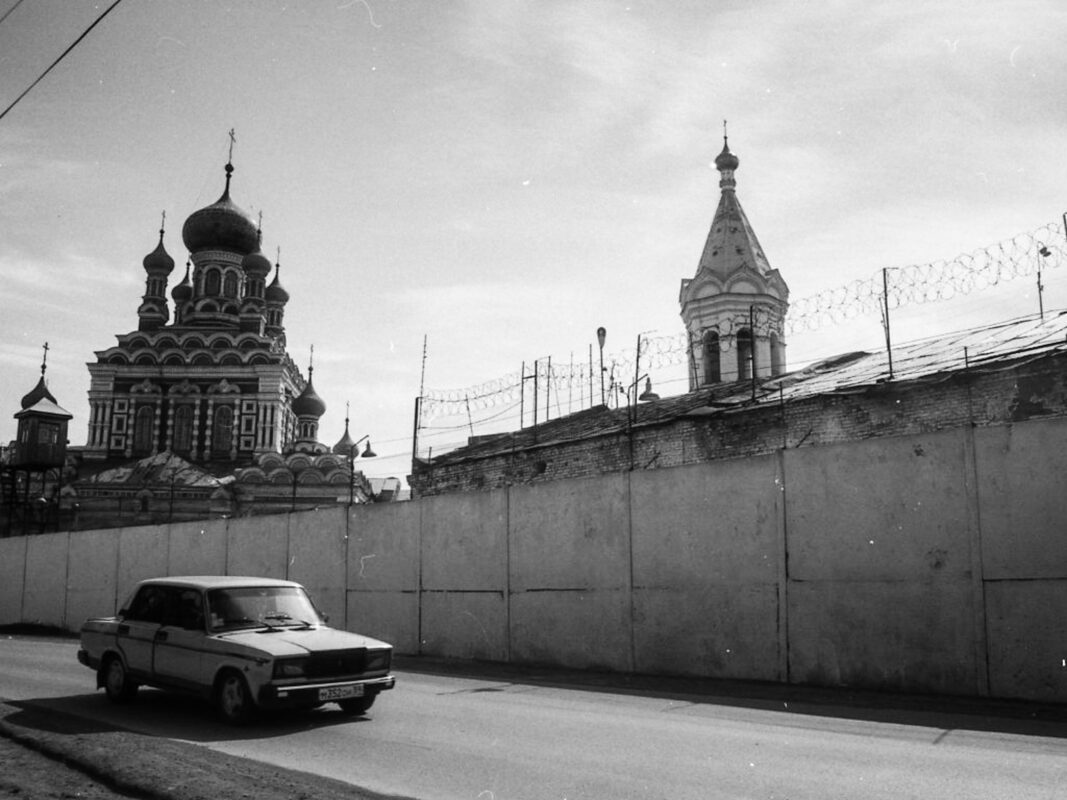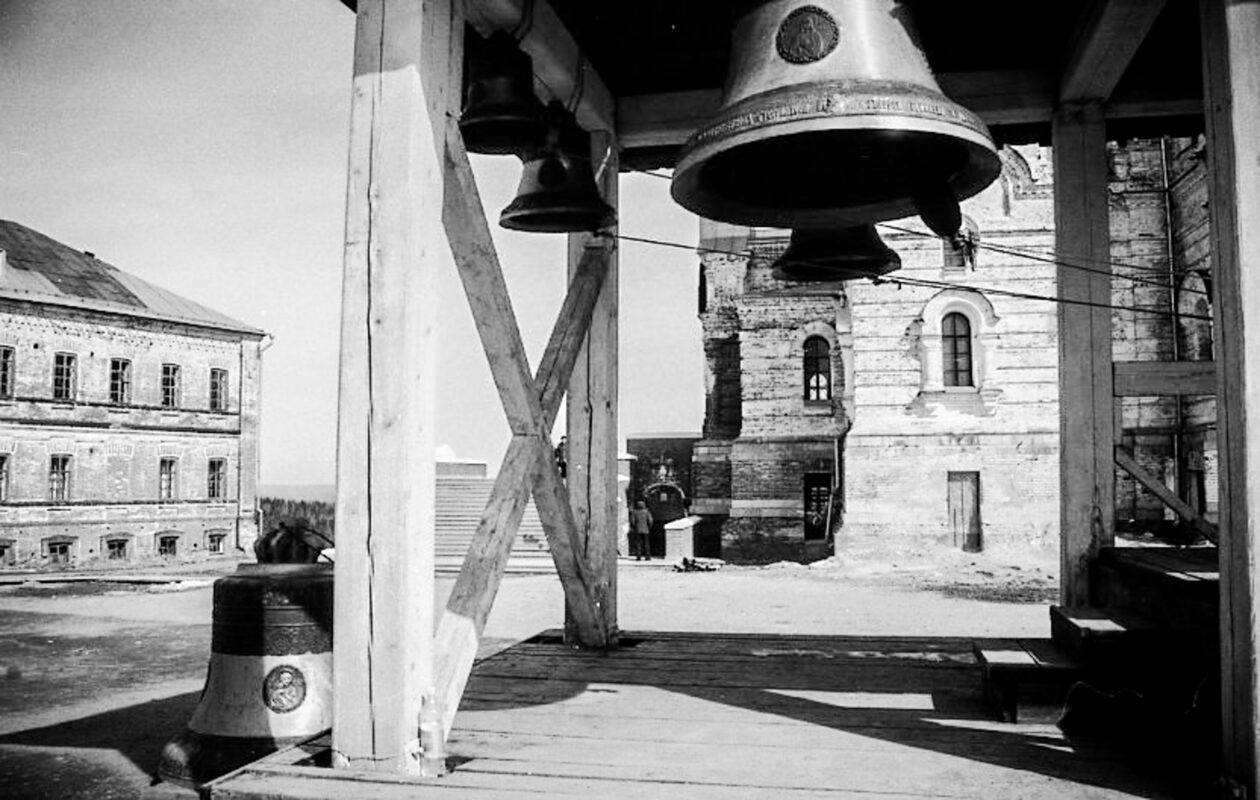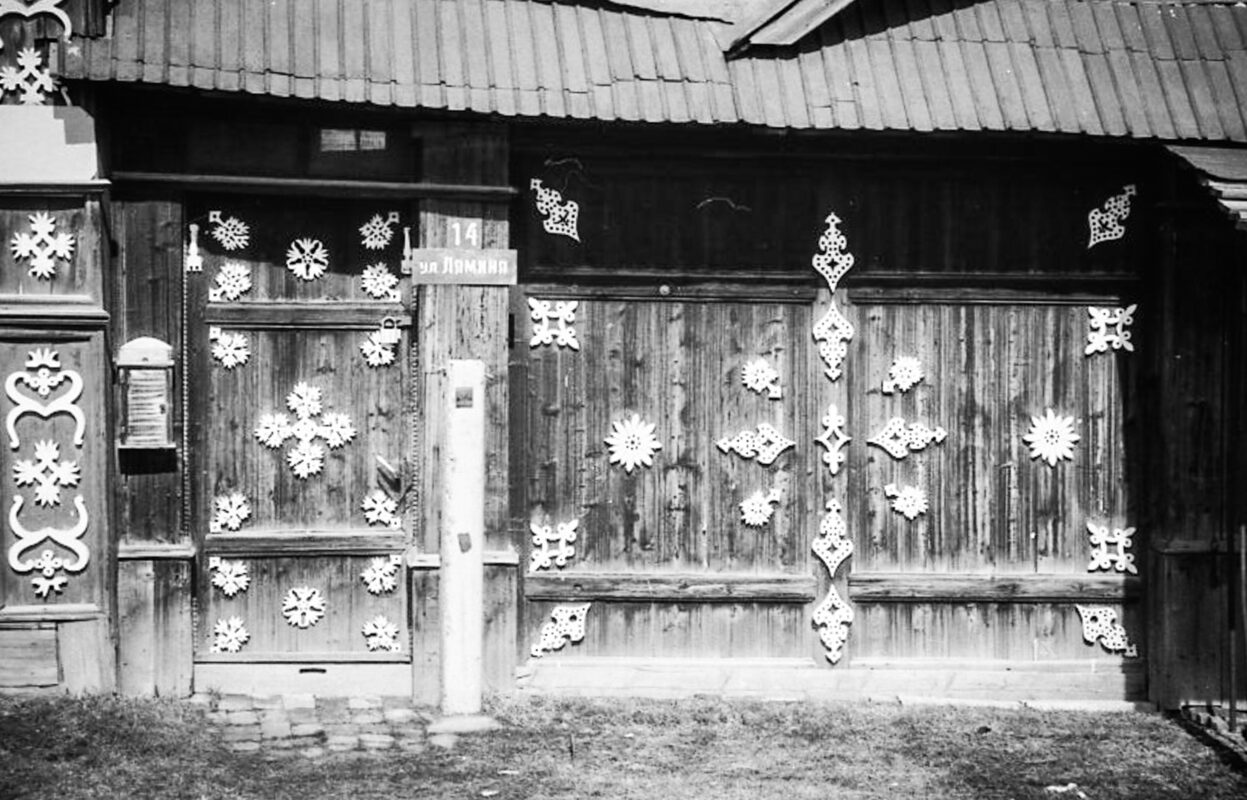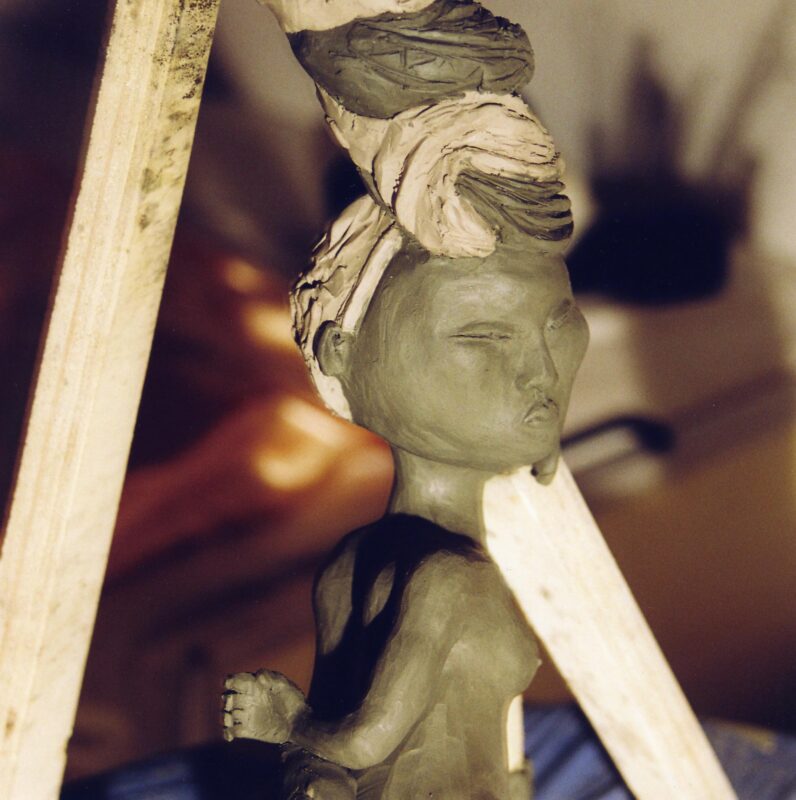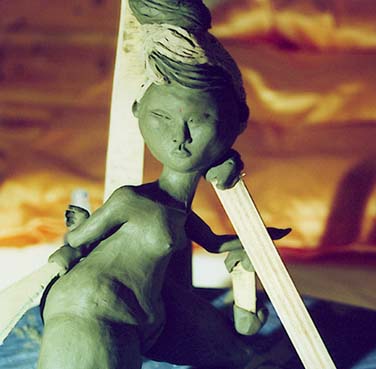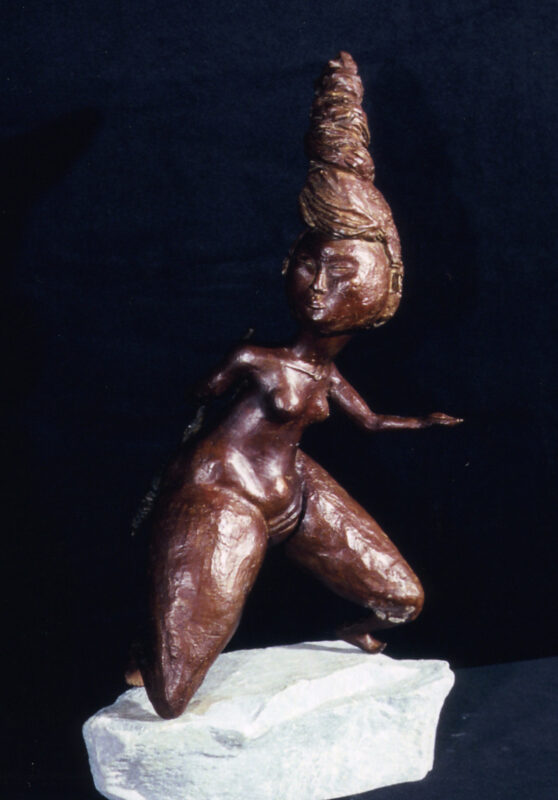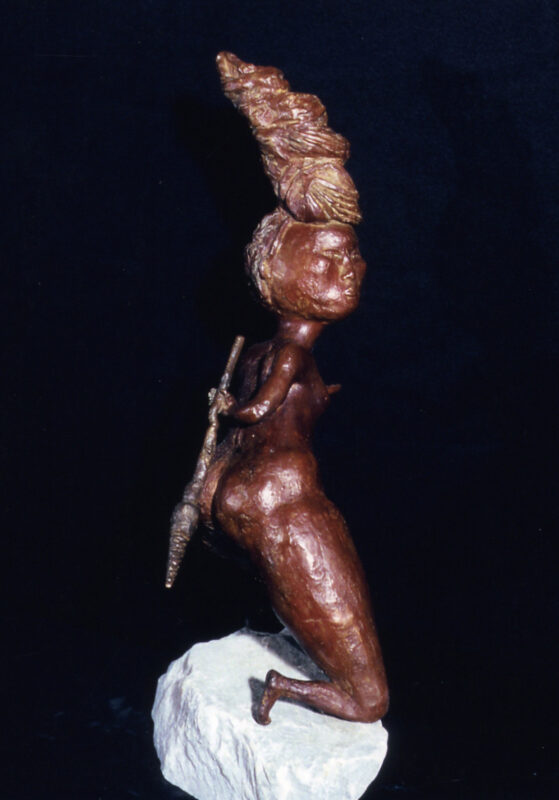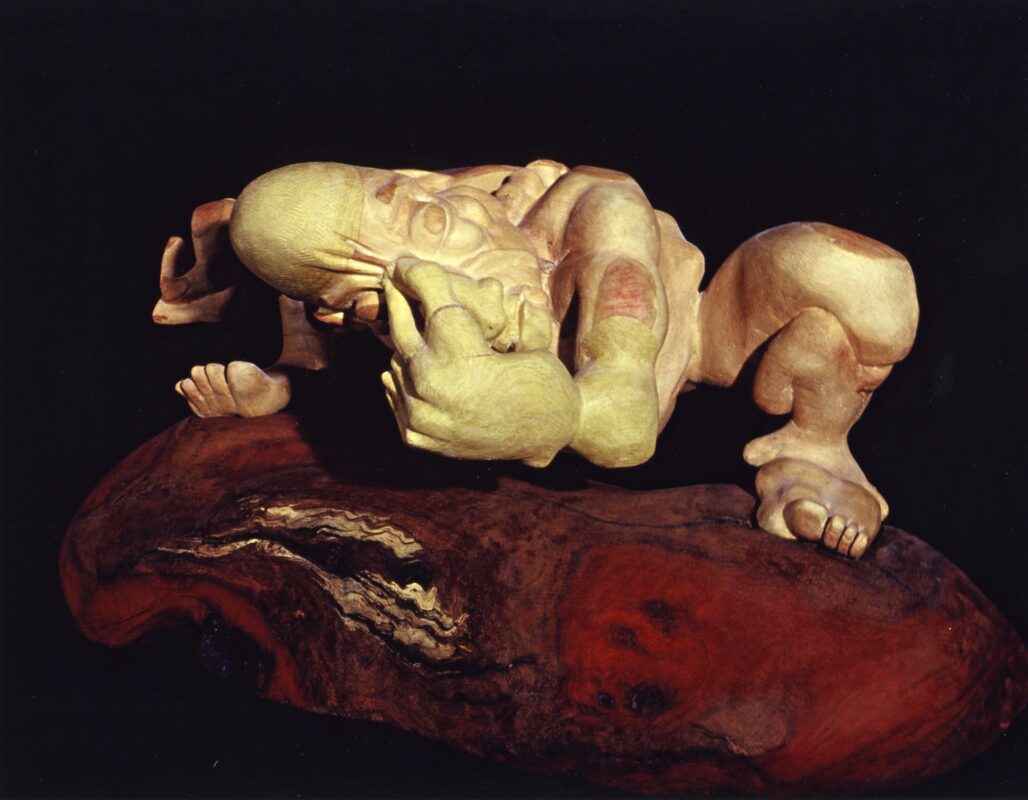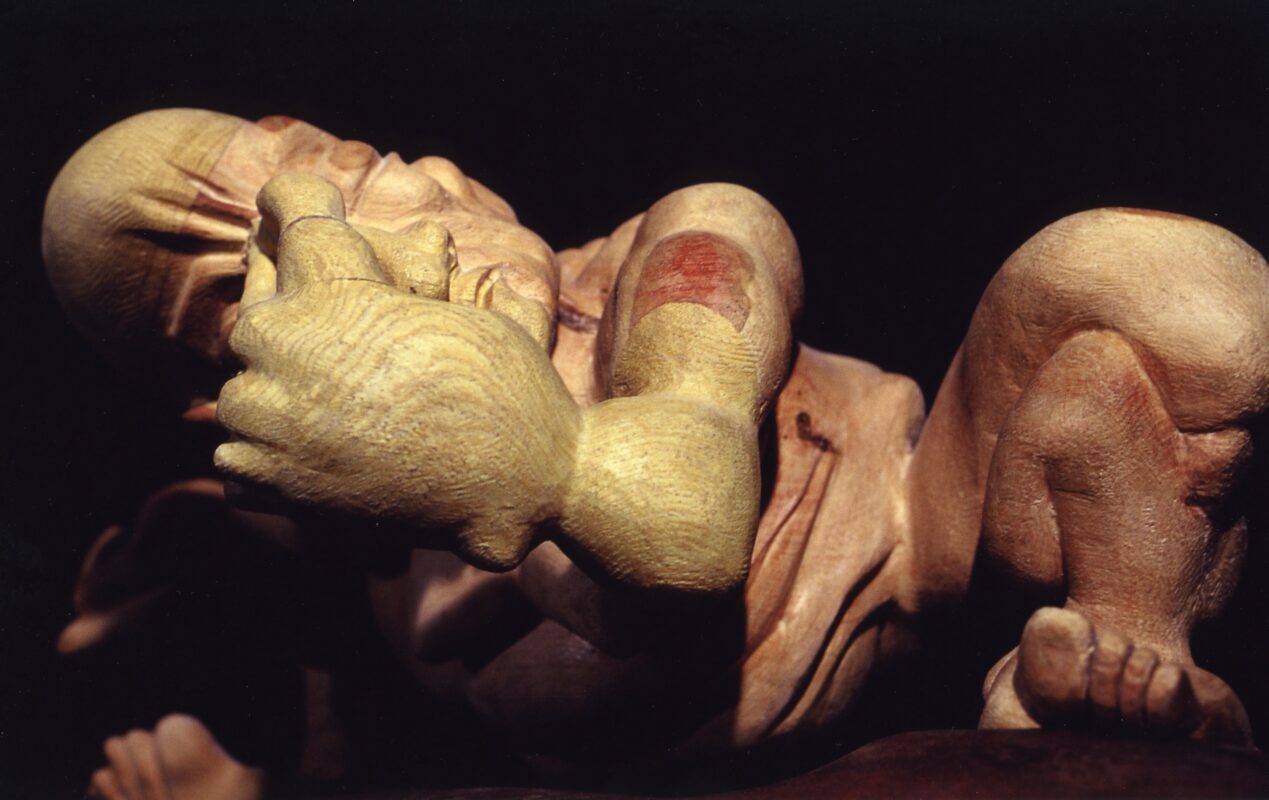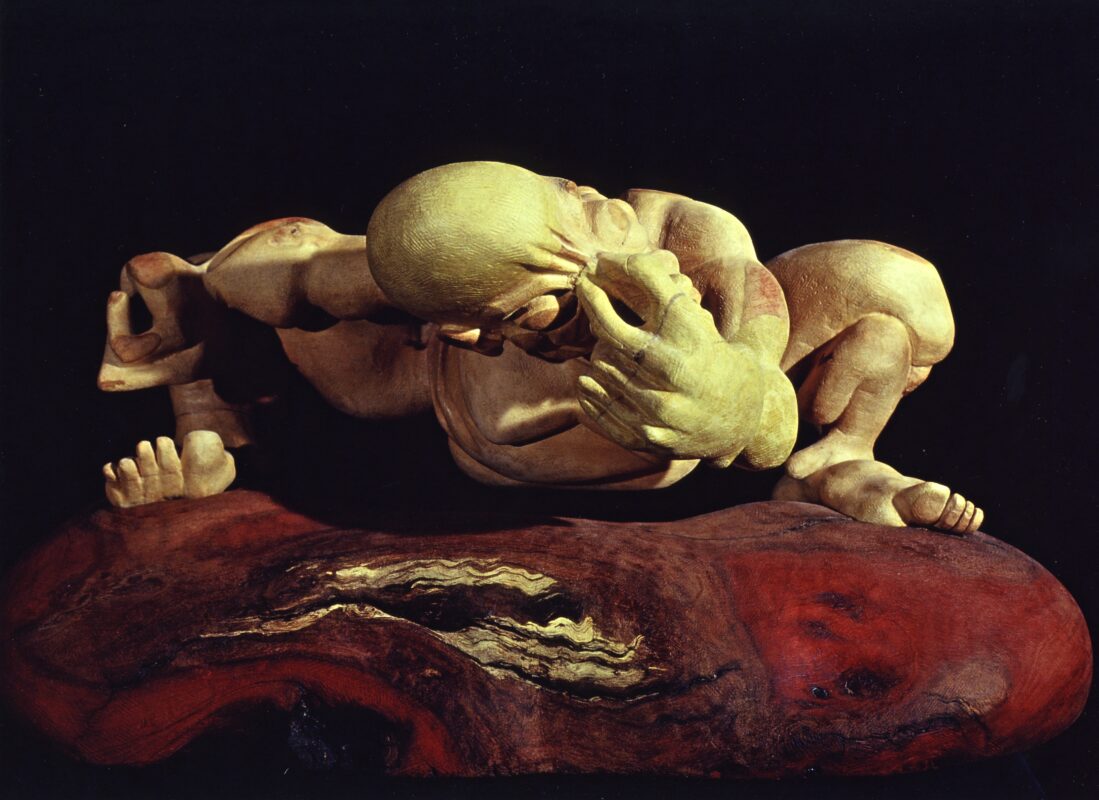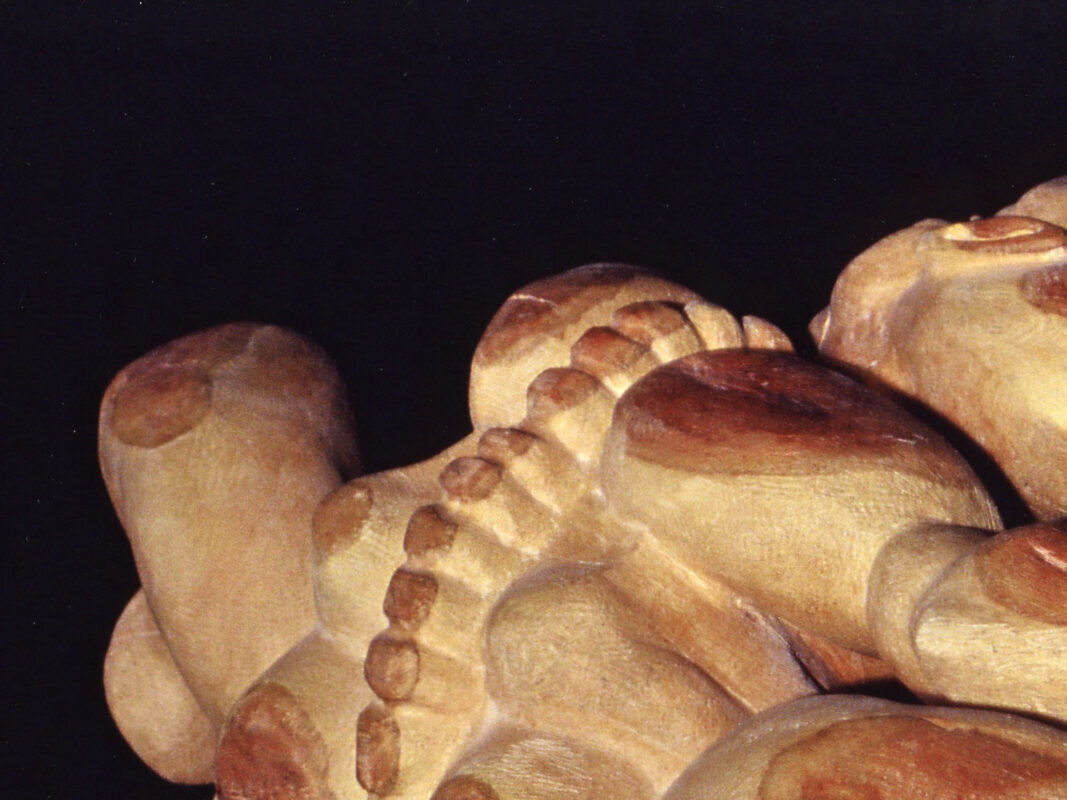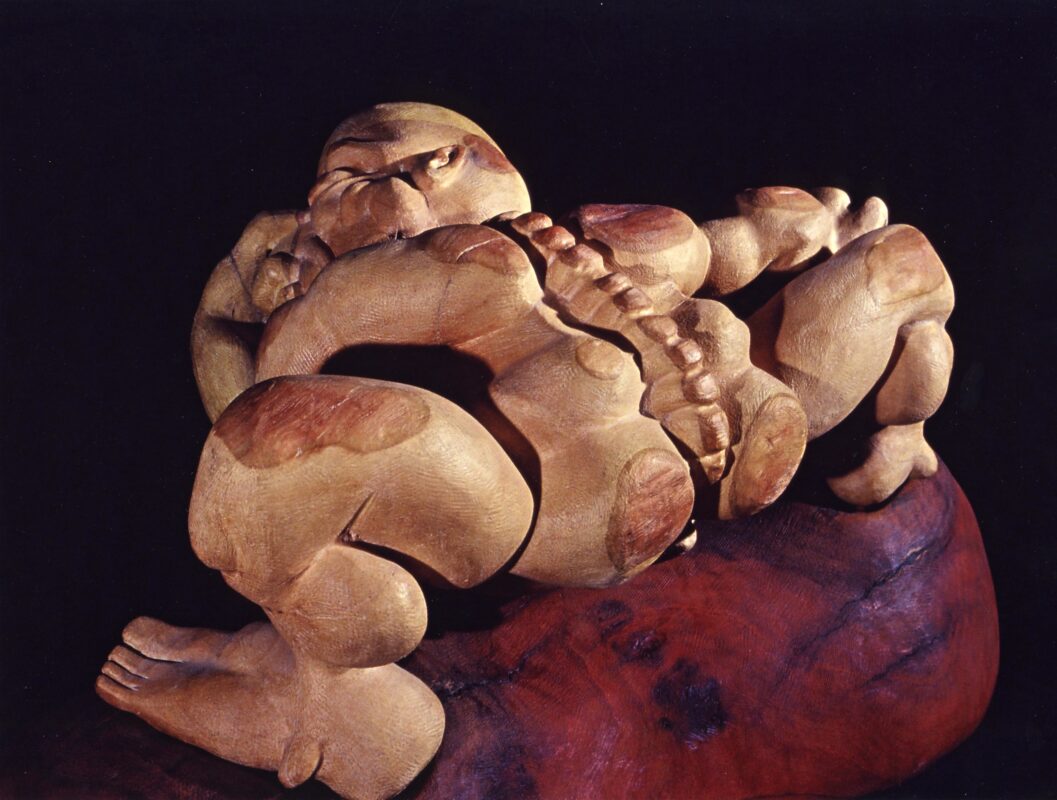ROOM #5
Russian soul and secrets, love, memories, homeland, dreams
Behind the Volga there is land!
This video explores a family matter narrated across three layers. The story uses three types of language: images show my grandfather and his surroundings in Russia; subtitles reveal a conversation he had with my grandmother in their apartment; and letters appear throughout, taken from documents related to my grandfather that were used against him when he was imprisoned.
The story is about corruption and the inner struggle of an old, simple man trying to save himself with letters, hoping to break a vicious cycle of events.
“I would like to go in a country, where the police does not exist.” He will never leave his country. He loves it too much… (audio extract)
Behind the Volga there is land! | in colour, stereo, 4:3 PAL | 7’38” | © 2011 Volgograd/Russia | with Raffael Leonardovitsch Vinogradov | sound by Francesco Viani
screenings
2012. A ciascuno il suo [paesaggio] – curated by Katia Baraldi in collaboration with Art Hub | TEATR_ariaARTIVISIVE in Roccagloriosa/Italy 2009. International Film Festival Carbunari | Borders+Segments curated by Luca Curci | Museum Florean in Maramures/Romania 2009. Kurye International Video Festival | Essence/Borders curated by International Art Expo in Istanbul/Turkey 2009. Real/Unreal – Playlist curated by Odile Orsi | gallery neon>campobase in Bologna/Italy

